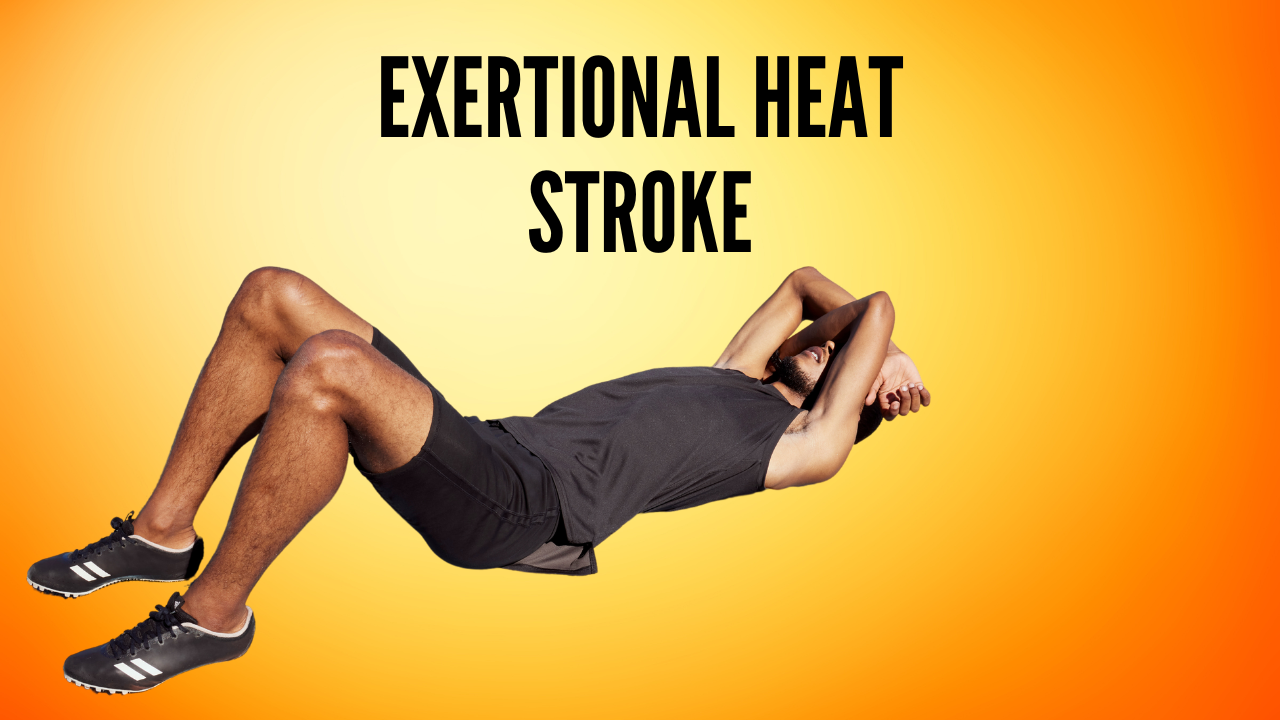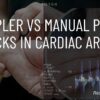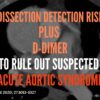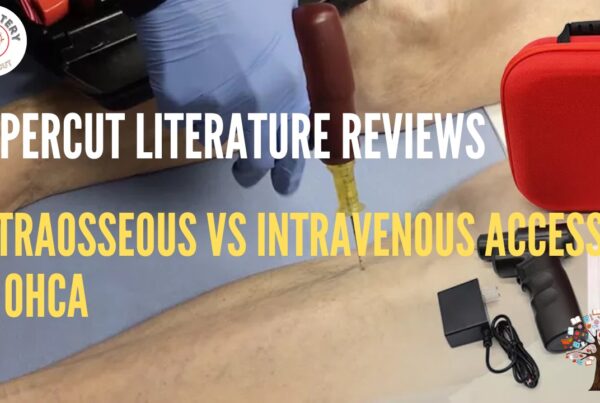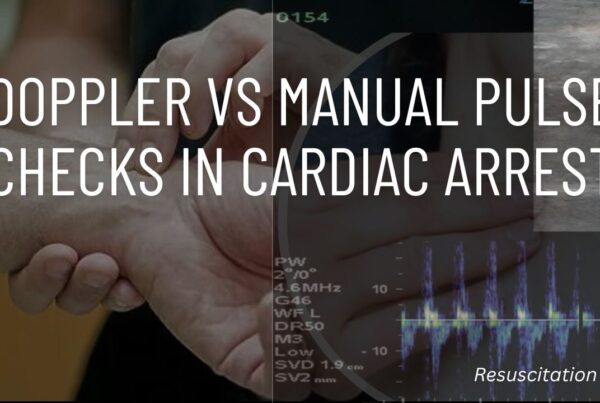This week we have a podcast with special guest Dr Will Davies, who takes us through a recent interesting case he had of exertional heat stroke. Below is a rapid summary of exertional heat stroke.
You can listen to the full podcast of the case in October’s EM Mastery (and get CPD Points whilst you’re listen).
A Summary
Exertional Heat Stroke, is a leading cause of death in athletes and in the military. It results from exertional activities in high temperature and high humidity environments. These environments impair the normal thermoregulation mechanisms, related to evaporation of sweat and because of this, there is a reduction in heat dissipation.
The severity of the illness and the associated mortality and morbidity are related to the time spent at an elevated core temperature. Mortality can be as high as 50%.
Making the Diagnosis
Exertional heat stroke is a multisystem disease and a life-threatening disorder. It is identified by:
- Elevated Core temperature > 40.5oC
- Central Nervous System Dysfunction
- This can range from an encephalopathy and altered mental status, to seizures
- Multi-organ damage including heart, liver and kidneys.
Temperature Measurement
Core temperature should be measured with a rectal thermometer. Other temperature measuring methods such as aural, oral, tympanic, axillary, skin and forehead, should not be used, as the results are misleading, primarily due to the vasodilatation that occurs superficially when temperature rises..
What if we don’t have a rectal thermometer, as we are out in the field? In these situations we can make the diagnosis based on the patients condition and:
- Cool until the patient begins to shiver, but beware as the shivering may increase the temperature.
- Treat with short duration (15-20 minutes) of cold water immersion
Investigations
Investigations will in some cases give us an idea of the severity of the illness. Unless we are looking at alternative diagnoses, the investigations may not add much in the initial stages.
Laboratory Investigations
Full blood count
- Look for a raised haemoglobin to indicate haemoconcentration
- WCC may be raised and there is no evidence of infection, this is due to a stress response.
Electrolytes, Urea and Creatinine, Calcium and Phosphate
Lactate
Venous gas
Creatine Kinase: This may be raised due to acute muscle damage/rhabdomyolysis. Beware CK > 5000 U/L as it indicates muscle damage. Higher levels may result in renal impairment.
Liver function tests: There may be an increase in liver enzymes, especially AST and LDH. Approximately 5% of patients will have acute liver failure.
Coagulation Factors: Coagulopathy can occur due to liver damage and factor deficiency. DIC can also occur.
Cardiac Enzymes: These may be raised due to cardiac damage
Bed side tests
ECG: May show simple tachycardia of the patient may have arrhythmias due to myocardial damage
Urinalysis: In rhabdomyolysis the urine may be a rose colour. The urine dipstick will be positive for blood, but there is an abscence of red blood cells.
Imaging
Imaging is usually not required for making the diagnosis of exertional heat stroke, however it may be needed to make other diagnoses. For example: a chest x-ray looking for infection causing fever, or a CT Brain looking for an intracranial bleed in a collapsed patient.
Management
The initial examination and stabilisation in the emergency department is always about ABC and the assement of mental status.
- Monitor the rectal temperature continuously
- Look for acute compartment syndrome
- There is usually a muscle flaccidity. If there is rigidity think malignant hyperthermia or neuroleptic malignant syndrome.
Rapid Cooling is the most effective treatment and should be initiated within 30 minutes of presentation. It decreases mortality and morbidity. We should aim for temperatures of 38o to 38.9oC
Cooling methods may include:
- Ice water bath immersion, which is probably the best method for rapid cooling. This may be possible in the pre-hospital environment, but may be inconvenient/impossible in the resuscitation cubicle.
- In the pre-hospital environment the following may also help:
- Cold water immersion
- Moving to a cool shaded place
- Dousing with cold water
- Evaporative cooling (spraying the body with water, with a fan on the patient achieving evaporation) is used in non-exertional heat stroke and may be used here also
- Conduction Cooling by cooling blankets can be attempted, although it don’t appear to be very effective.
- Ice packs to the whole body.
Fluid Resuscitation with isotonic crystalloid. This can be delivered as cold fluid, to further assist with lowering core temperature.
Dantrolene does not work in these patients.

